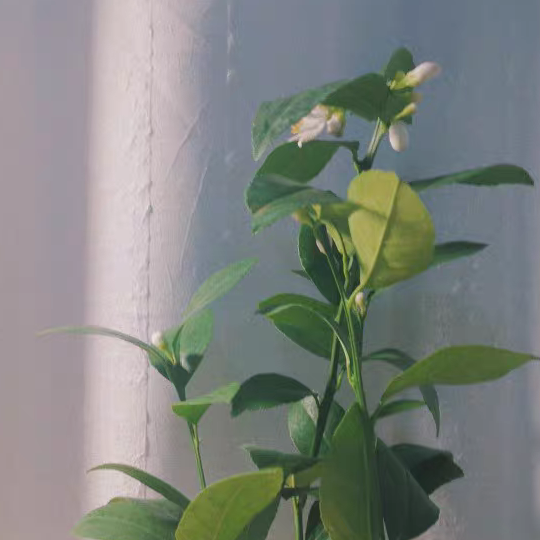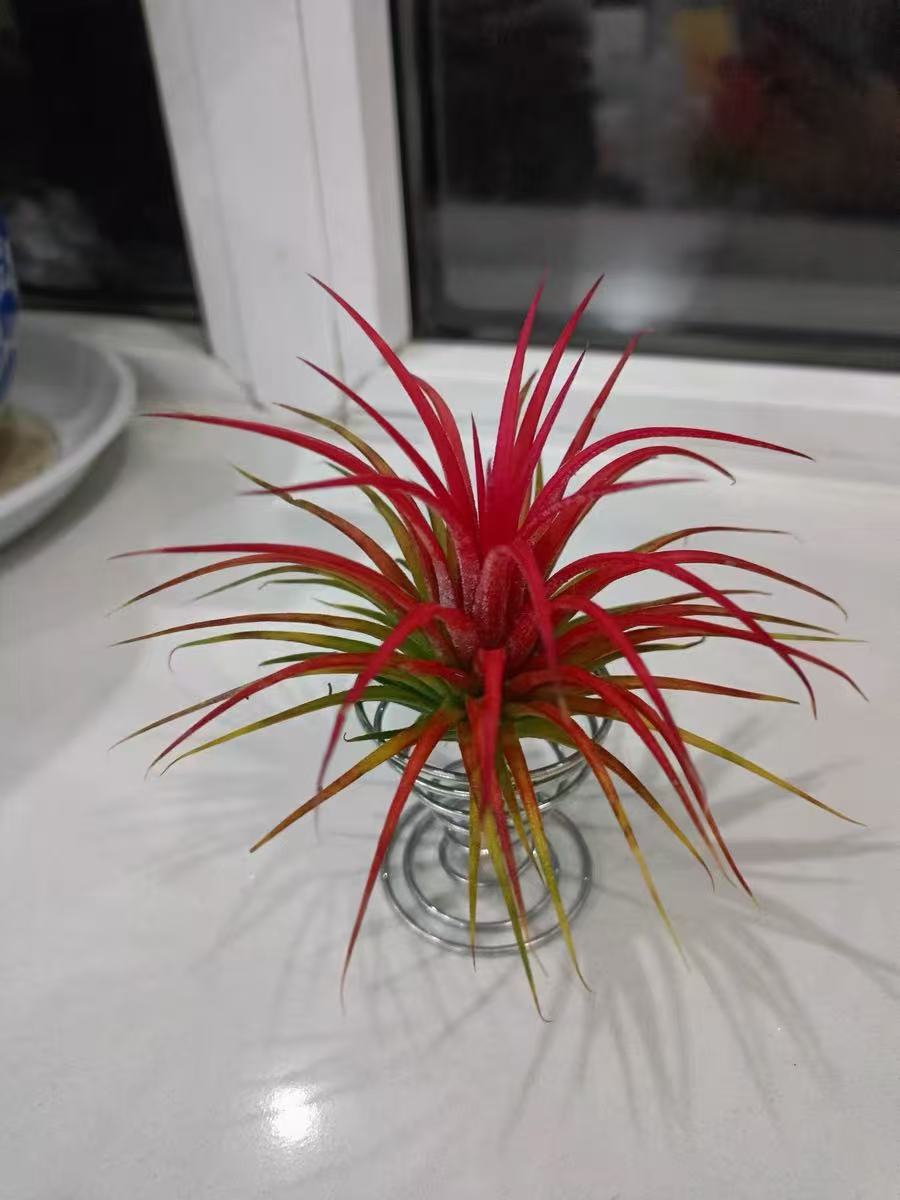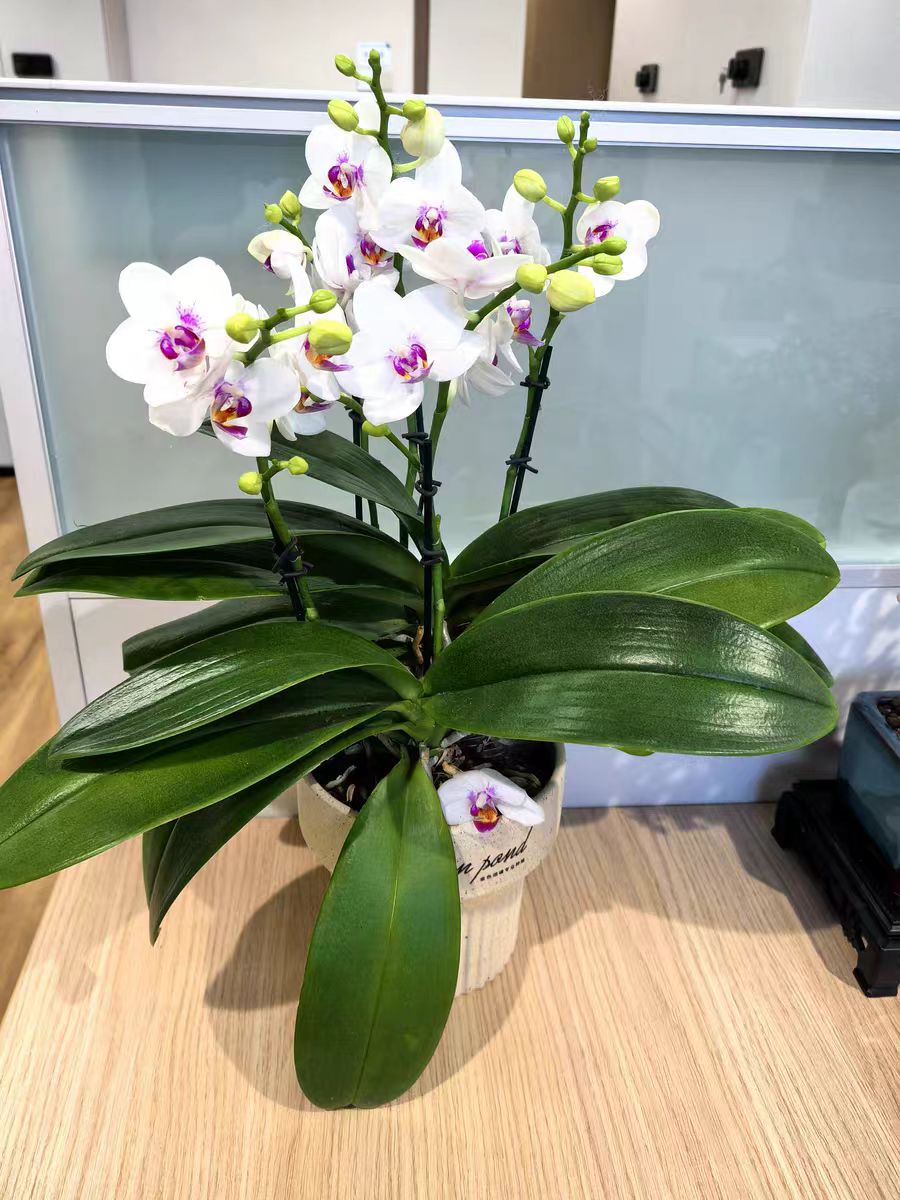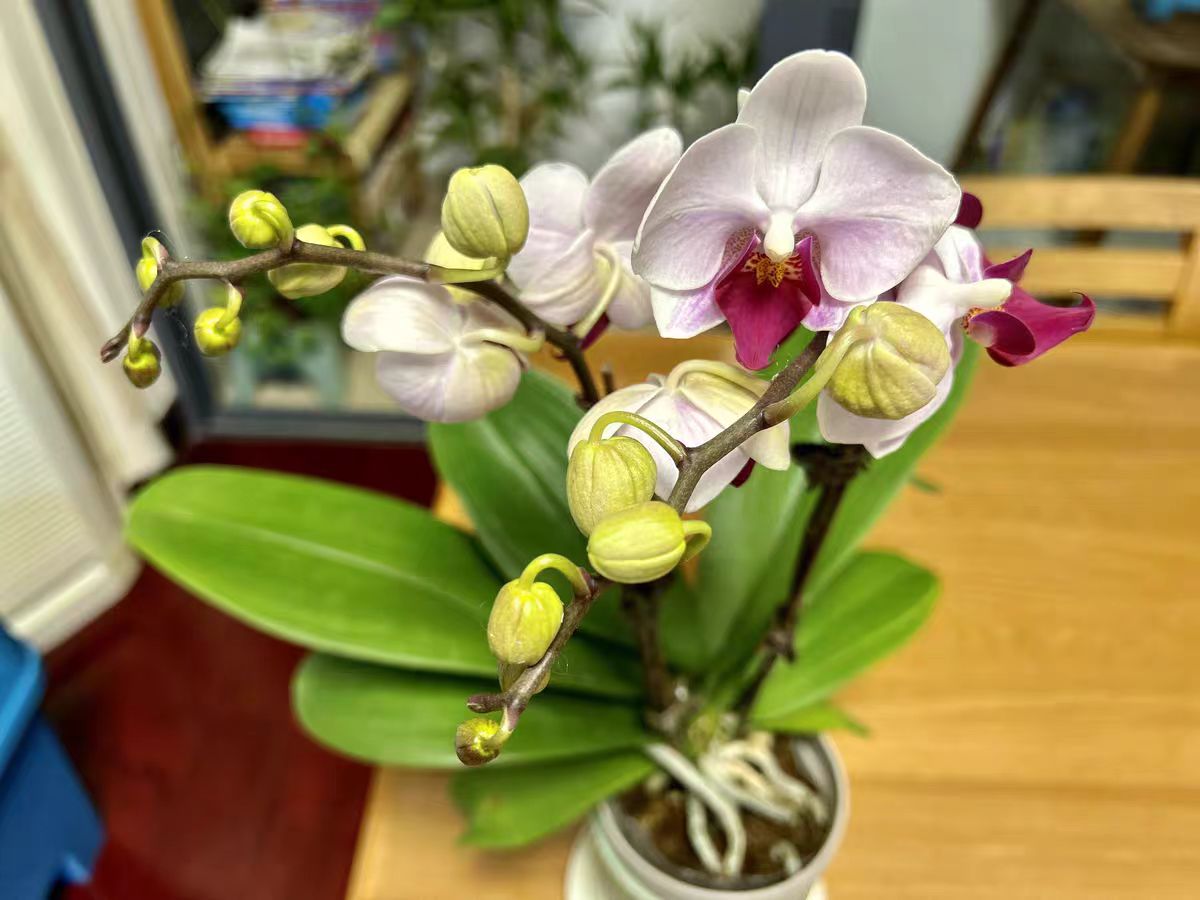When going on a long trip, watering plants cannot be done in a uniform way. Instead, it should be handled flexibly according to the characteristics of the plants. Otherwise, those plants that are afraid of waterlogging are very likely to have their roots suffocated and die. Here, I'd like to share three practical watering methods with you. The main points are as follows:
### The Method of Thorough Watering at One Time
This method is especially suitable for plant species with relatively thick roots and strong vitality that are quite hardy. Some plants in the Cactaceae and Agavaceae families, for example, have relatively strong water storage capacity and drought tolerance on their own. Before going out, use regular watering tools like watering cans to thoroughly water the plants at one time, making the soil fully moist so that the roots at the bottom can absorb water. In this way, even if you are away from home for more than ten days, these plants can maintain their basic growth needs by relying on the water they have stored and the residual water in the soil. Moreover, even if they experience a short period of drought, they can rely on their own regulatory mechanisms and will not suffer serious damage. However, it should be noted that the control of the amount of watering still needs to be judged comprehensively according to factors such as the size of the flowerpots, the size of the plants and the water retention capacity of the soil, so as to avoid excessive watering that leads to root anoxia.
### The Method of Automatic Drip Irrigation Devices
For plants that have a relatively high demand for water and are particularly afraid of drought, such as begonias, and for some young seedlings whose root systems are not fully developed and are not drought-tolerant, automatic drip irrigation devices become a savior. When operating, first use tools like watering pots to pour an appropriate amount of water to make the soil surface slightly moist, and then insert the automatic drip irrigation device into the soil. There are a wide variety of automatic watering devices on the market, including simple capillary drip irrigation devices and electric intelligent drip irrigation systems. In my experience, ordinary capillary drip irrigation devices have a high cost-performance ratio and can meet basic needs. They can use the humidity difference between the soil and the air to slowly and continuously provide water for the plants, ensuring that the plants will not wither due to lack of water while the owner is away from home. However, during the use process, it is necessary to adjust the drip irrigation speed in advance, make reasonable settings according to the water demand of the plants and the length of time away from home, and also pay attention to the water storage capacity of the drip irrigation device to prevent it from drying up halfway.
### The Method of Water Storage with an Outer Pot
There is a type of plants that are rather "fussy", being afraid of both drought and waterlogging, such as anthuriums, alocasias and some philodendron varieties. For them, the way that the automatic drip irrigation device keeps dripping water is likely to cause root suffocation. While the method of water storage with an outer pot is a more ideal solution. Prepare a plastic outer pot that is slightly larger than the original flowerpot and place the flowerpot with the plant in it. Pour an appropriate amount of water into the bottom of the outer pot. The height of the water should preferably not exceed the bottom of the inner pot. Through the natural evaporation of water vapor, the soil can slowly absorb water and maintain a proper degree of moisture. In this way, it can not only avoid root anoxia and rot caused by excessive watering, but also prevent long-term drought from causing damage to the plants. When implementing the method of water storage with an outer pot, it is necessary to pay attention to the change of the water level in the outer pot, replenish water in a timely manner, and also ensure good ventilation in the environment to promote the even distribution of water vapor.
What should be done with the green plants at home when going on a long trip?
Share with
Tagged in :





Leave a Reply